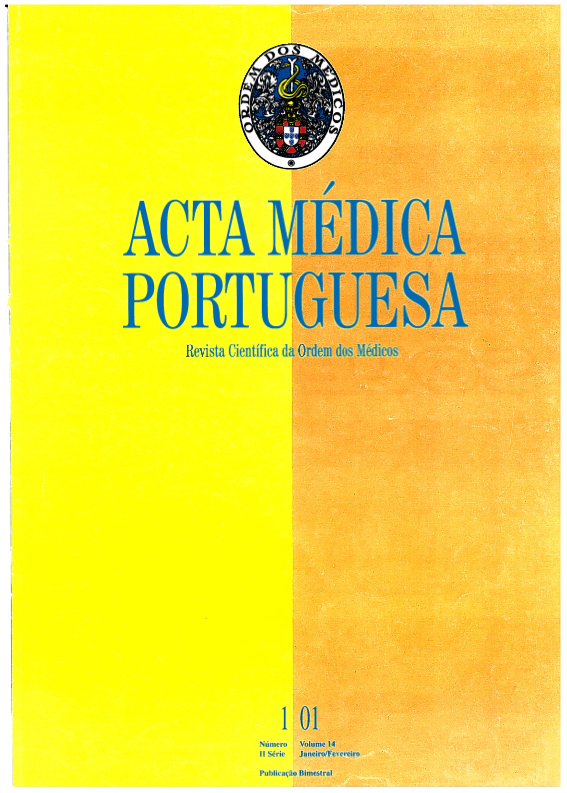Fetal magnetic resonance.
DOI:
https://doi.org/10.20344/amp.1813Abstract
The increasing use of magnetic resonance imaging (MRI) in fetal evaluation is due to its excellent structural and morphological resolution. We report nine fetal MRI examinations and discuss some of the technical issues related to this technique.We report nine fetal MRI done in the MRI Center in Caselas, Portugal, between January 1999 and March 2000. The fetal ages ranged from 24 and 33 weeks of gestation.The MRI diagnoses were: one normal case, two normal variants, two hydrocephalus due to intraventricular hemorrhage, one corpus callosum agenesis, one corpus callosum hypoplasia, one case with white matter encephaloclastic lesions and one case of torcular and superior sagittal sinus dilatation. In one case the MRI confirmed the ultrasonography (US) diagnosis, in two cases the MRI depicted the etiology of the pathologies found with US, in three cases there was a suspicion of pathology with US but the MRI was normal or had normal variants, and in three cases the MRI diagnoses were different from those made by US.MRI has the highest sensitivity for fetal imaging and should be used if the US is insufficient to establish the diagnosis.Downloads
Downloads
How to Cite
Issue
Section
License
All the articles published in the AMP are open access and comply with the requirements of funding agencies or academic institutions. The AMP is governed by the terms of the Creative Commons ‘Attribution – Non-Commercial Use - (CC-BY-NC)’ license, regarding the use by third parties.
It is the author’s responsibility to obtain approval for the reproduction of figures, tables, etc. from other publications.
Upon acceptance of an article for publication, the authors will be asked to complete the ICMJE “Copyright Liability and Copyright Sharing Statement “(http://www.actamedicaportuguesa.com/info/AMP-NormasPublicacao.pdf) and the “Declaration of Potential Conflicts of Interest” (http:// www.icmje.org/conflicts-of-interest). An e-mail will be sent to the corresponding author to acknowledge receipt of the manuscript.
After publication, the authors are authorised to make their articles available in repositories of their institutions of origin, as long as they always mention where they were published and according to the Creative Commons license.









